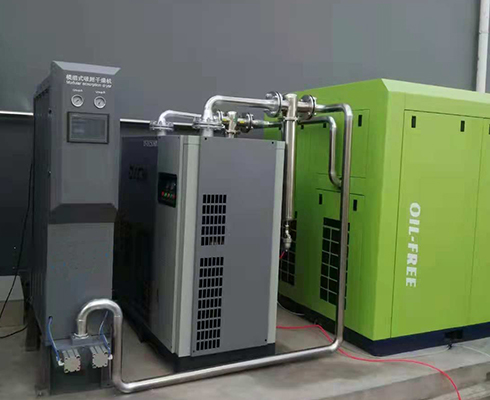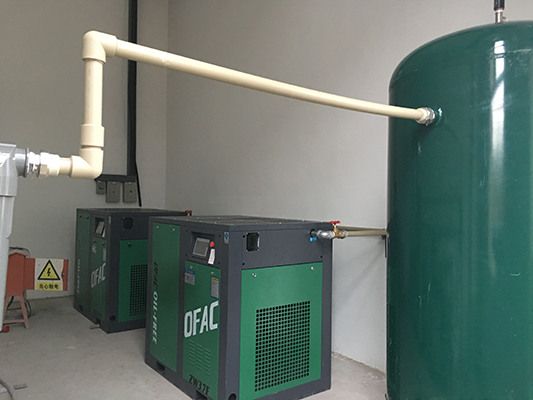medium pressure air compressor portable models for on site maintenance and emergency repairs
News 2025-10-24
Medium pressure air compressors, operating between 100 and 150 psi, serve as critical tools across industries by delivering reliable compressed air for various tasks. Portable models stand out for their mobility and ease of use, making them perfect for on-site maintenance and emergency repairs where immediate action is needed. These units support activities in challenging environments, such as construction sites or remote locations, by providing consistent air power without requiring permanent setups. Their design focuses on balancing power, efficiency, and transportability to address the demands of dynamic work scenarios.

Applications in Field Operations
Portable medium pressure air compressors excel in on-site applications, powering tools for tasks like bolting, painting, and material handling in construction and manufacturing. During emergency repairs, such as fixing machinery breakdowns or addressing utility failures, they enable quick inflation of tires, operation of cleaning devices, and support for diagnostic equipment. This versatility ensures that maintenance teams can respond effectively in settings like oil rigs or automotive workshops, minimizing delays and enhancing overall site productivity.
Performance Benefits
These compressors offer significant advantages through their compact, lightweight builds that facilitate easy movement and storage. Equipped with efficient motors and robust components, they provide steady pressure output while optimizing energy use, which reduces operational costs. Durability features, including corrosion-resistant materials and advanced cooling systems, allow them to withstand harsh conditions, ensuring long-term reliability. Such attributes make them ideal for demanding environments where performance must not falter under pressure or frequent use.
Role in Industrial Efficiency
In industrial settings, portable medium pressure air compressors play a key role in sustaining workflow by enabling rapid repairs and maintenance. They help prevent extended downtimes in processes like assembly or fabrication, where air-powered tools are essential for precision work. By supporting safety protocols, such as powering ventilation or emergency equipment, they contribute to accident prevention and regulatory compliance. Ultimately, their integration into operations boosts productivity and resource management, underscoring their value in maintaining competitive edge.


